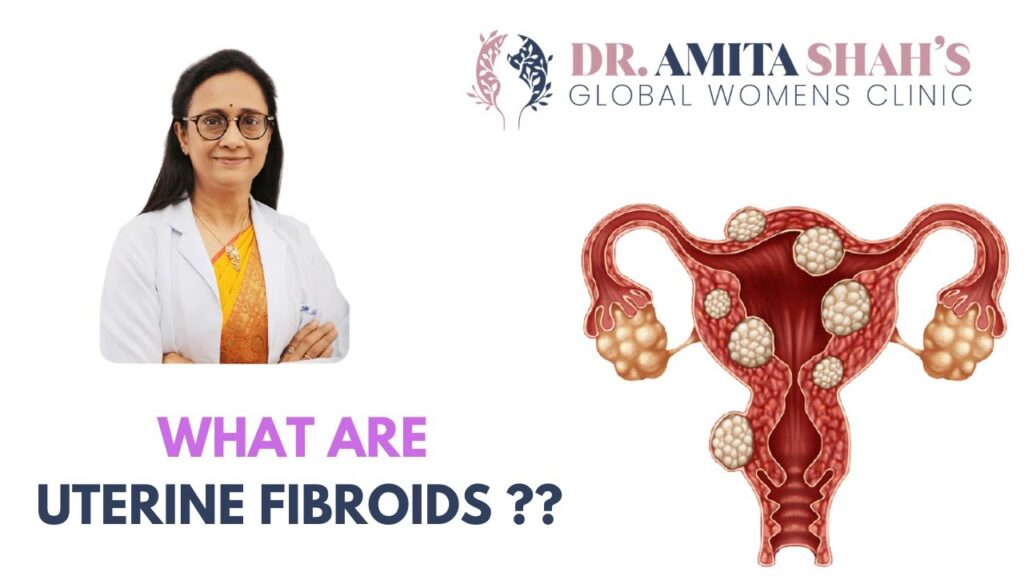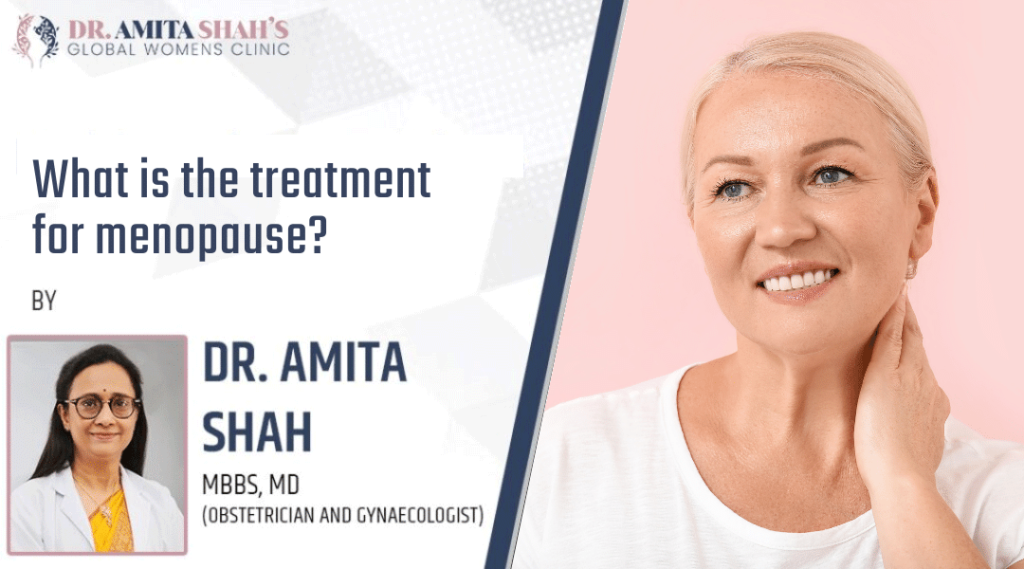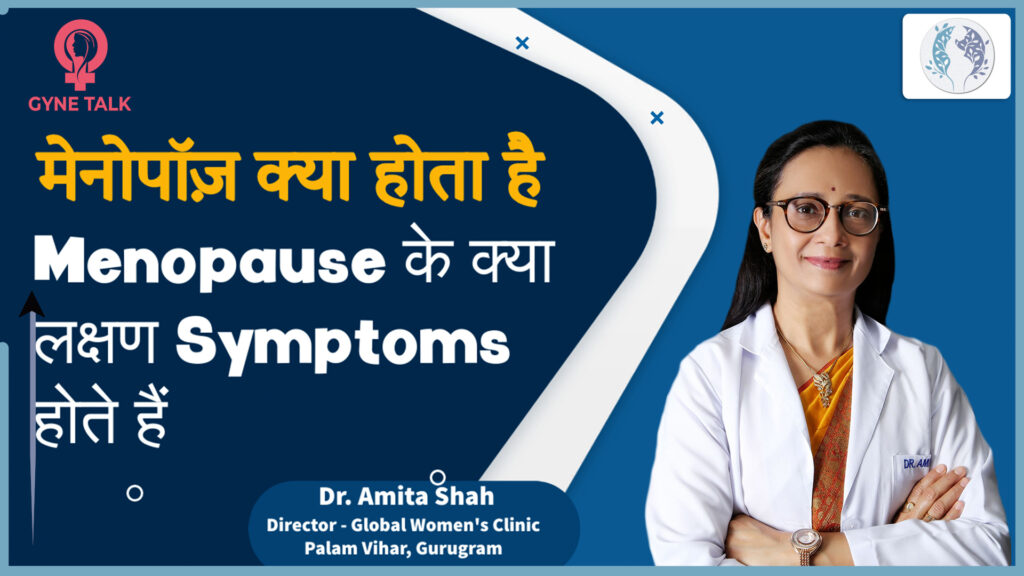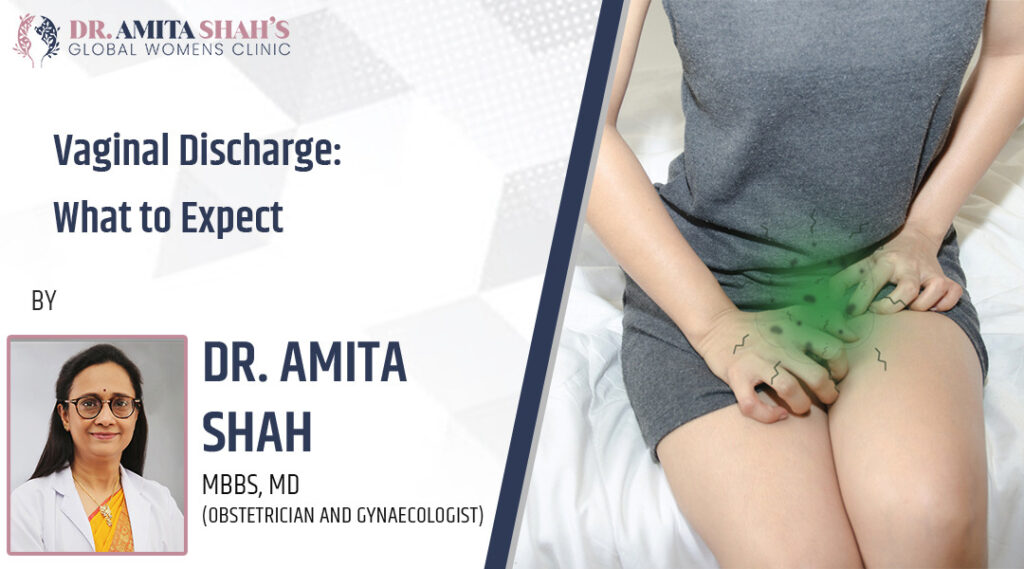What is Hysteroscopy?
Hysteroscopy is a minimally invasive procedure in which a thin telescope is inserted inside the uterus through the cervix to examine the uterine lining for any pathology. It is a very safe and simple procedure, used for Diagnostic as well as therapeutic purposes. When it is used for diagnosis it is called Diagnostic Hysteroscopy and when used for therapeutic or treatment purposes it is known as Operative Hysteroscopy.
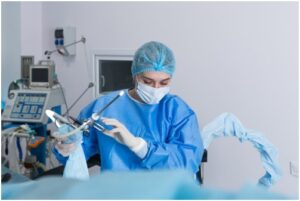
What is Diagnostic Hysteroscopy?
It is usually conducted on a day-care basis with either general or local anaesthesia and takes about ten minutes to perform. However, now it can also be done in OPD without Anaesthesia which is also called Office Hysteroscopy.
The first step of hysteroscopy involves cervical dilatation – stretching and opening the canal of the cervix with a series of dilators. Then the hysteroscope, a narrow lighted telescope, is passed through the cervix and into the lower end of the uterus. The doctor systematically examines the lining of the cervical canal, and the lining of the uterine cavity, and looks for the internal openings of the fallopian tubes where they enter the uterine cavity, called the tubal ostia.
If required, hysteroscopy-guided biopsy and curettage (a surgical scraping of the inside of the uterine cavity) are performed after the hysteroscopy and endometrial tissue is sent for pathological examination.
Many conditions that can be diagnosed on Hysteroscopy are Submucous Fibroids, Uterine polyps, Adhesions or scarring of the uterus, Uterine septum or other Congenital malformations, Misplaced Copper T, Tubal ( ostia ) blockage etc. In almost all cases of IVF, a Diagnostic Hysteroscopy is needed to evaluate the Uterine Cavity and check the patency of tubes.
What is Operative Hysteroscopy?
It can treat many of the abnormalities found during diagnostic hysteroscopy at the time of diagnosis. The procedure is very similar to diagnostic hysteroscopy except that operating instruments can be placed into the uterine cavity through a channel in the operative hysteroscope.
Operative Hysteroscopy helps to remove uterine polys and helps in resecting the adhesions/scarring of the uterine lining. Misplaced Copper T can be removed easily. Large Submucous Fibroids can be resected safely as a daycare procedure without any incision by Operative Hysteroscopy. Endometrial ablation hysteroscopically helps to treat Endometrial Hyperplasia in many women with Abnormal Uterine Bleeding. Infertility caused because of tubal/ostia blockage can be treated by passing stents during hysteroscopy.
When do you require Hysteroscopy?
You may need to undergo a Hysteroscopy if you are suffering from abnormal Uterine bleeding, post-menopausal bleeding or not having periods for a prolonged time after an abortion. In case of recurrent abortions, infertility or misplaced copper T, you may need to undergo a Hysteroscopy.
Doctor Profile
Dr Amita Shah is a leading gynaecologist in Gurgaon with vast experience in treating all major and minor female problems. She is the founder of ‘Global Women Clinic’ in Palam Vihar, Gurgaon. For more information or an appointment with Dr Amita Shah please call 9773975611



